There’s a difference between a road and a street. Roads take you from one place to another, but streets are more than functional channels. They are public spaces.
The streets of downtown Auckland, New Zealand’s largest city, are about to be transformed. A masterplan for the city centre was approved back in 2012, and now a proposed design is open for feedback.
The idea behind this masterplan is to design the central city as a cohesive public space rather than simply the sum of a thousand independent decisions.
The design will include further changes in support of walking, cycling and public transport, and less space for cars. Significantly, sections of Queen Street, which runs through the centre to the waterfront, may be closed to cars completely.
We can expect to see outraged responses from those wedded to their cars, those who see the project as an expensive beautification scheme, and those who resent the idea of Auckland’s population intensifying.
A shared world
This is a good time to reflect on what we mean by “public space” and what we need it for.
Streets are some of our most important public spaces, but are often managed as if they were mainly pipes for cars (or, if we’re lucky, bicycles and pedestrians). Roadways, water pipes, optical fibres and pedestrian walkways are “bundled” together.
Because it is relatively easy to assign metrics to these flows, it is easy to think of streets as technological problems. The implicit ideal is for a city to be a “sleek, efficient machine” with a “rationalised circulatory network”, as architectural historian Spiro Kostof put it. The idea is at least as old as Baron Haussmann’s 19th century rebuilding of Paris.
Read the full article on The Conversation
Author:
Recommended by Luisa Bravo


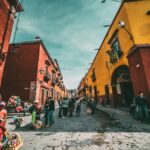
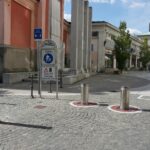


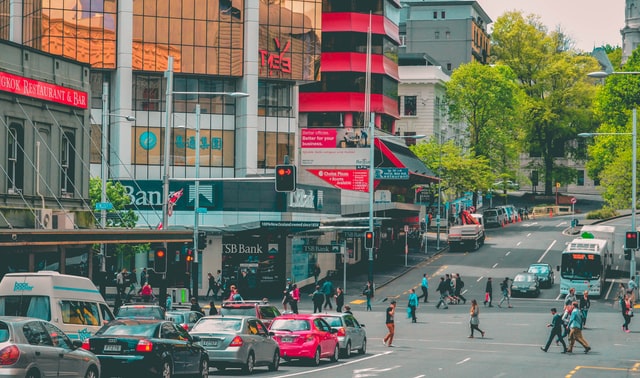

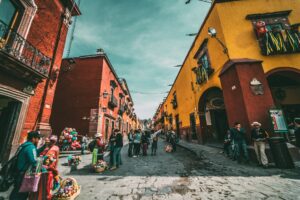
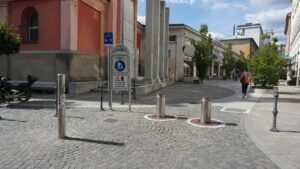

More Stories
This new ‘risky’ playground is a work of art – and a place for kids to escape their mollycoddling parents
Great Public Spaces Toolkit
Germany’s futuristic ‘green city’ that could help reshape the Sunshine Coast